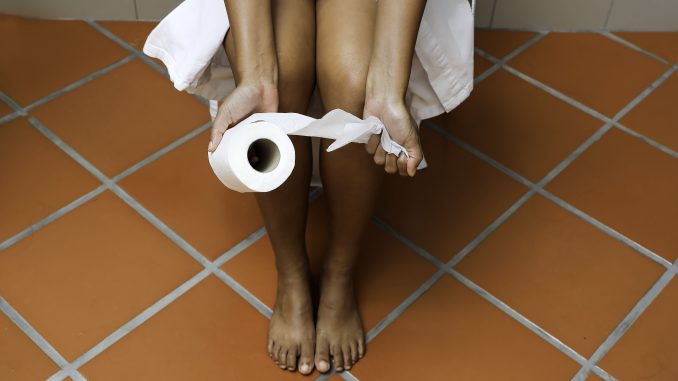
The appearance of your stool can provide valuable insights into your digestive health and overall well-being. While it might not be the most pleasant topic to discuss, understanding what the shape and color of your stool signify can help you monitor your health and detect potential issues early. In this article, we will explore the various shapes and colors of stool and what they may indicate about your health.
Stool Shape:
1. Normal:
Healthy stool is typically brown and well-formed, resembling a sausage or snake. It should be easy to pass without straining.
2. Hard, Lumpy Stool:
Stools that are hard, dry, and come out as separate lumps may indicate constipation. Insufficient fiber intake, dehydration, or certain medications can contribute to this stool shape.
3. Loose or Watery Stool:
Loose, watery stools often signal diarrhea. It can result from infections, food intolerances, or digestive disorders. If it persists for more than a couple of days, consult a healthcare professional.
4. Pencil-Thin Stool:
Stools that are consistently very thin, like a pencil, may be a sign of a narrowing in the colon. This could be due to conditions such as colorectal cancer or polyps. Seek medical attention if you notice this stool shape.
5. Pellet-Like Stool:
Small, hard pellets can be a sign of constipation or inadequate fiber intake. Increasing fiber and fluid intake can help alleviate this issue.
Stool Color:
1. Brown:
Normal stool color is typically brown, thanks to the breakdown of bilirubin, a waste product from the liver. It indicates a healthy digestive process.
2. Black:
Black stool may be a cause for concern, as it could indicate the presence of digested blood. This may result from bleeding in the upper digestive tract and requires immediate medical attention.
3. Red:
Red stool may indicate bleeding in the lower digestive tract, such as from hemorrhoids or anal fissures. It can also result from consuming red or beets. If you’re unsure about the cause, consult a healthcare professional.
4. Pale or Clay-Colored:
Stools that are pale or clay-colored may signify a problem with the liver, gallbladder, or bile ducts, potentially affecting the flow of bile. This warrants medical evaluation.
5. Green:
Green stool can result from consuming green leafy vegetables or certain foods with green food coloring. However, if it persists without an obvious dietary cause, it might indicate a rapid transit through the digestive tract.
6. Yellow:
Stool that appears yellow or greasy could indicate malabsorption of fats. Conditions like celiac disease, pancreatitis, or liver issues may be responsible. Consulting a healthcare professional is advisable.
7. Gray or Silver:
Gray or silver-colored stool may indicate a lack of bile in the stool. This can be associated with liver or bile duct issues and requires medical evaluation.
Additional Factors to Consider:
Apart from shape and color, other factors can provide valuable insights into your stool’s health-related implications:
Frequency:
Normal bowel movements can vary from person to person, but most individuals have one to three movements a day. Significant changes in frequency could indicate an issue.
Consistency:
Pay attention to the consistency of your stool. It should be neither too hard nor too loose. Persistent changes could indicate digestive problems.
Odor:
Foul-smelling stool can sometimes be a sign of digestive issues, but it may also be influenced by your diet.
Blood:
The presence of blood in the stool, whether visible or not, is always a concern. It may indicate various conditions, including hemorrhoids, ulcers, or colorectal cancer.
Conclusion:
While discussing stool may not be the most pleasant topic, paying attention to its shape, color, and other characteristics can help you monitor your digestive health. Any persistent changes or concerning signs should prompt a discussion with a healthcare professional. Early detection of digestive issues can lead to timely intervention and better health outcomes. Remember that many factors can influence the appearance of your stool, so don’t jump to conclusions without seeking professional advice when needed.
Share this:
- Click to share on Facebook (Opens in new window)
- Click to share on Twitter (Opens in new window)
- Click to share on WhatsApp (Opens in new window)
- Click to share on Reddit (Opens in new window)
- Click to share on Telegram (Opens in new window)
- Click to share on Pinterest (Opens in new window)
- Click to share on LinkedIn (Opens in new window)